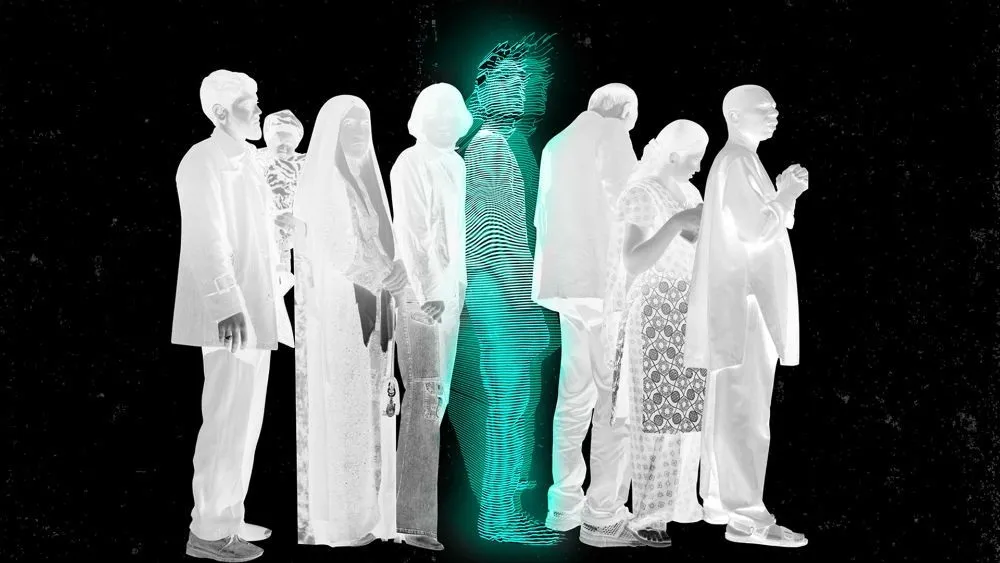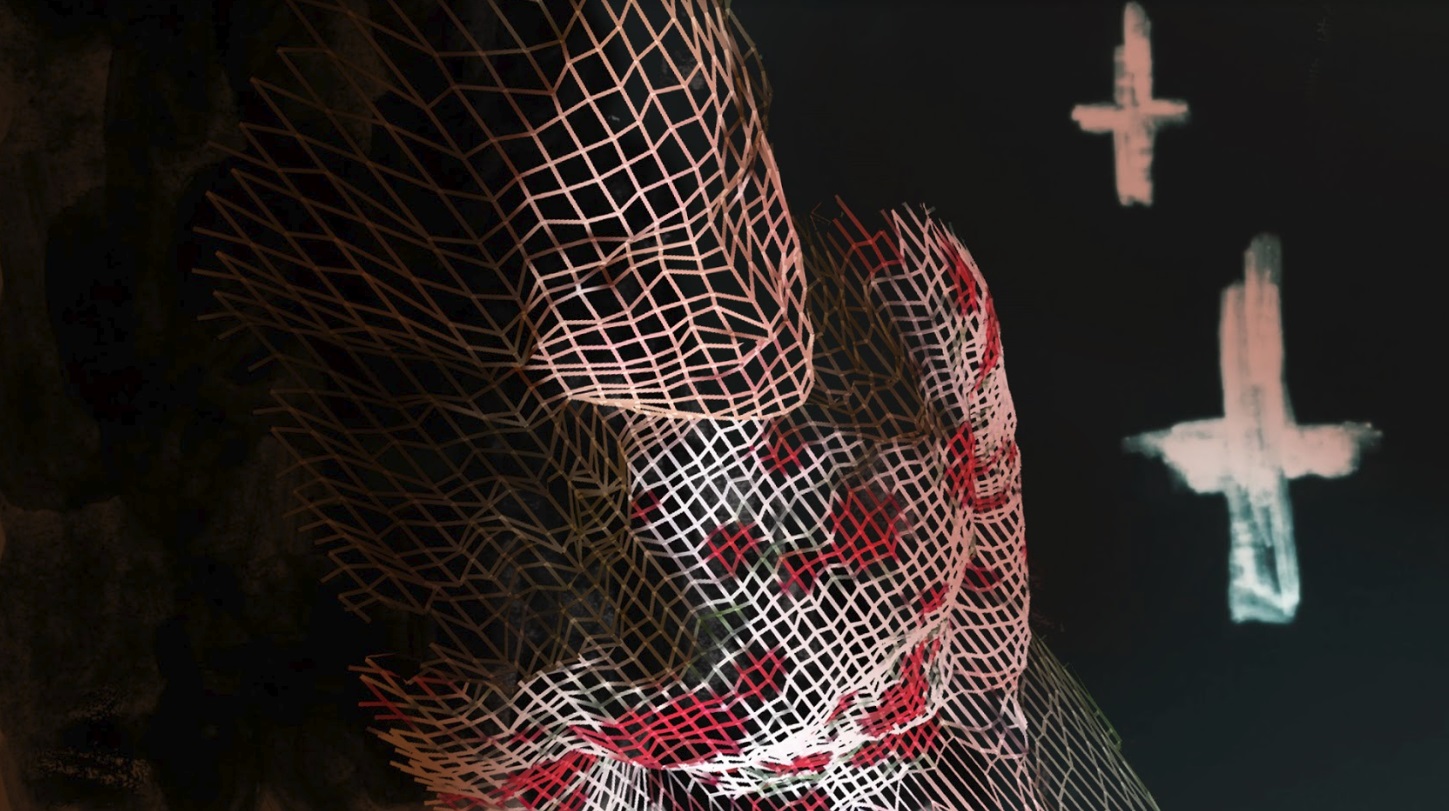Inside London’s Barbican Centre sits a pop-up room, white, spotless and sterile with Microsoft’s HoloLens resting on a table. In any other location, you might assume you’d be putting the augmented reality headset on to organize virtual furniture or fix some broken plumbing, but what you get here is unlike anything else you’ve yet seen in HoloLens or Magic Leap.
Sitting across from you in the real world is a stool, identical to the one you’re placed upon. As you pull the HoloLens over your eyes and tell the device you’re ready to begin, a young girl walks into view and virtually takes her place upon the seat, making direct eye contact with you as she settles in. For a moment, I pause as an awkward silence fills the room and then two questions appear on either side of her. I have to choose which one I want to ask her and then ask it. I’m a border patrol officer in the United States and this woman’s immediate fate is in my hands.
Directed by Asad Malik, whom we spoke to for Holograms From Syria, Terminal 3 is a curious piece of AR experimentation. I initially came out of the experience wondering if I’d seen it in the wrong headset. Putting you in someone else’s shoes, taking you to someplace else, making you believe you’re talking to another real human; these are all core components of the VR experience, not AR. But there are real-world aspects and implications to this striking piece that, for the first time, showed me AR can be just as valid and compelling a tool to spark emotion as VR can.
My interrogation of this young woman, for example, immediately feels uncomfortable. For starters, there’s distance between us; I’m almost on completely the other side of the room to her. No doubt the limited field of view in HoloLens had a part to play in that, but the wasted space between us gives our conversation an air of hostility as if to separate me from the simple fact that I’m talking to a human being with rights.
I’m also not afforded the isolated and judgment-free environment that gives VR a sort of safety net. VR lets us act with a strange sort of separation from our bodies, but there’s no such fooling you in AR; these are explicitly your actions and this person will be faced with the consequences of what you decide. It lends an unexpected weight to the proceedings.
And so we talk. I choose to gently prod at the reason I suspect we both know we’re in this room for rather than tackling it head-on. It’s partly because I want to treat her with respect and, truthfully, because I’m somewhat ashamed to dive into the more provocative territory that asking about terrorist links would lead to. I ask her where she’s been and what she did, who her family is and her history in the US.
As she dutifully answers questions I start to see more of a person emerge both literally and figuratively. The hologram, for example, evolves from a fairly distorted series of blue lines outlining the subject into a much more vivid picture. More importantly, though, a particular strand of questioning gets her to share an intimate story of spirituality in a way that tells you all you’d ever need to know about who she is and if she was capable of any sort of harm.
What I found most fascinating about Terminal 3, though, existed outside of the headset. Fitted to one of the room’s walls is a one-way mirror, which passersby could look into and see me talking to thin air. To them it might seem bizarre, but inside the box that window hung over the scene at all times. I felt as if, regardless of what I thought, there was some unforeseen presence on the other side of that wall with its mind already made up. And then I realized how much worse that suspicion probably felt to the person on the other side of the room.
As much as I enjoyed exploring Terminal 3’s ideas on using AR to make an impact, though, I can’t help but wonder if the piece will ever get the audience it truly deserves. And by that I don’t mean millions of views and bucketloads of awards; I mean getting it in front of the people that might actually feel challenged by what it has to say, people that don’t take issue with the strict screening process some are put through at the airport simply because of how they look and what their name is. That’s where the experience stands to make a real change, and I somewhat wish I was on the other side of that glass if it did ever reach those audiences.
I have to admit AR’s focus on the practical over the experiential has always made it less enticing to me than VR. But Terminal 3 was the first time I saw the other side of this emerging technology, and it suggested I have plenty more to be excited about that I once thought.
Terminal 3 is now on tour as part of the Sheffield Doc/Fest Alternate Realities exhibition. You can catch it at the Brighton Digital Festival from September 21st – 30th and the Noviembre Electronico Festival in Buenos Aires, Argentina from November 9th – 17th.


























